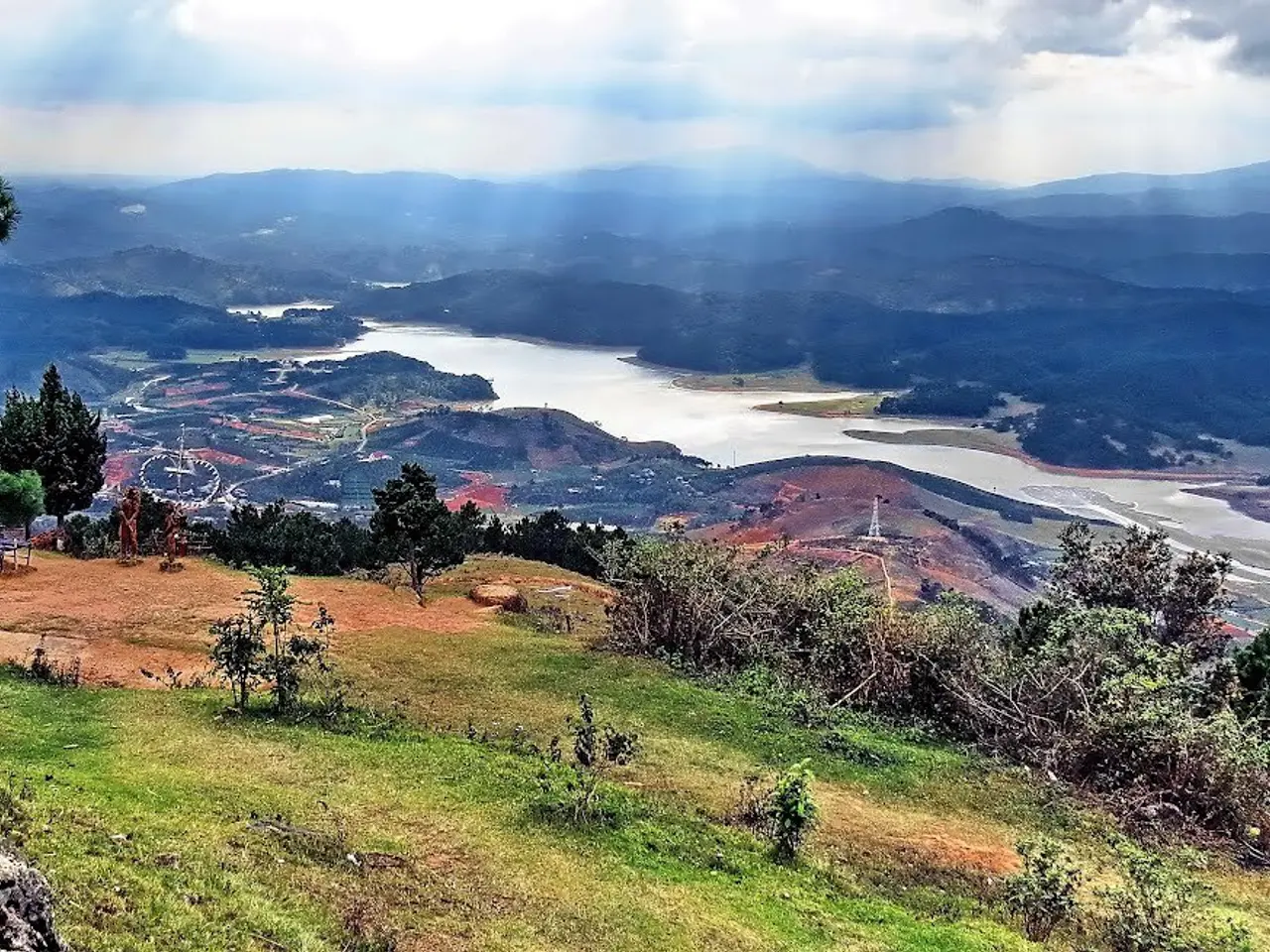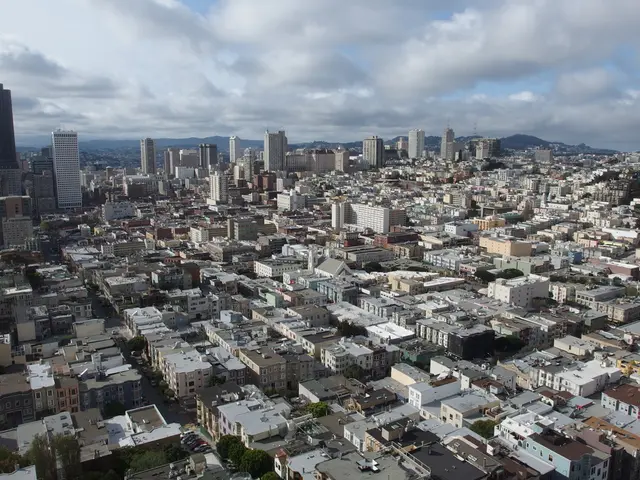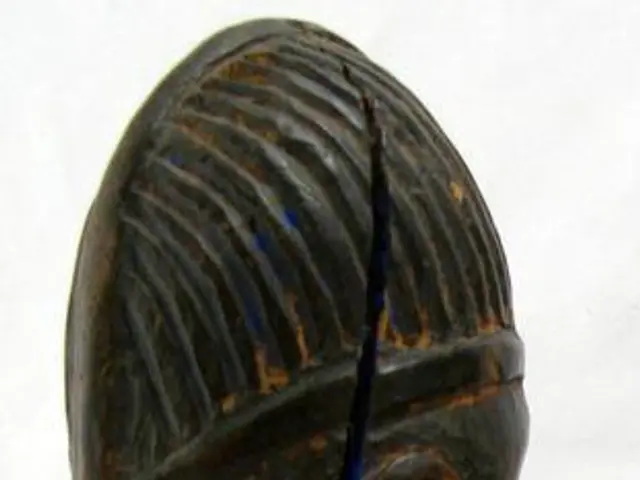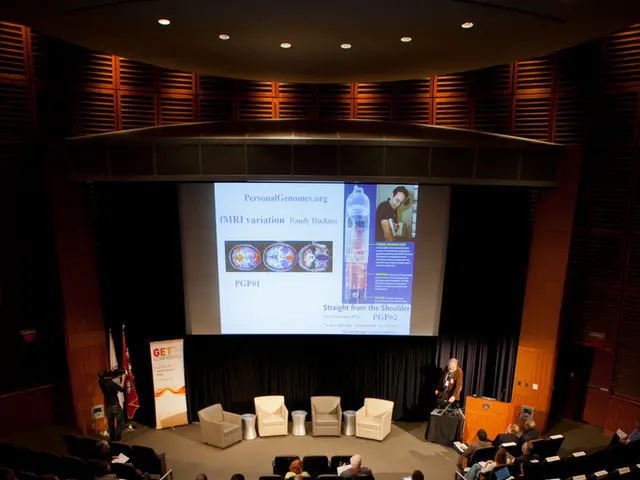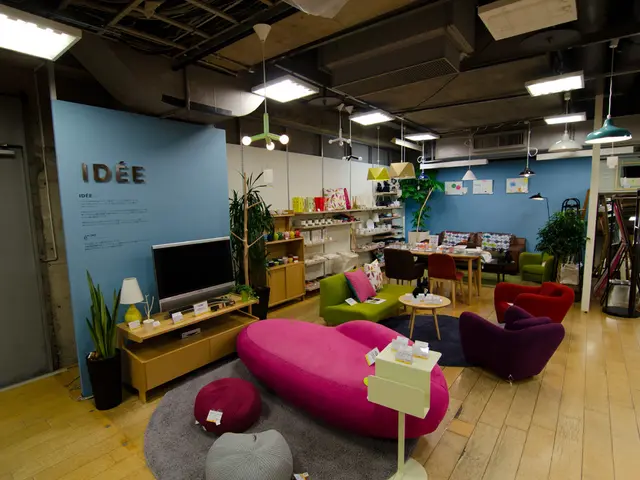Strategies for减少热岛效应和管理雨水涌走:LEED Green Associate方案
In the heart of our bustling cities, green roofs are emerging as a versatile solution to combat some of the most pressing environmental challenges.
Green roofs, also known as vegetated roofs, can slow down and retain rainwater, reducing the volume and velocity of runoff. This is a significant advantage in urban areas, where the concentration of impervious surfaces can lead to increased flooding and storm water management issues. By retaining water, green roofs help alleviate these problems, providing a more sustainable approach to urban development.
These eco-friendly roofs also contribute to reducing the heat island effect, a phenomenon where urban areas experience higher temperatures compared to their rural surroundings. Traditional dark-colored roofs absorb and re-emit a lot of heat, contributing to this urban heat island effect. However, green roofs act as a natural insulation layer, absorbing less heat and reflecting more sunlight, thereby helping to cool down the urban environment.
Green roofs offer more than just environmental benefits. They enhance the biodiversity and habitat of the urban environment by providing a space for plants, animals, insects, and microorganisms to thrive. Retained water in green roofs is released back into the atmosphere through evapotranspiration, contributing to the local ecosystem's ecological health and resilience.
Moreover, green roofs provide aesthetic and recreational benefits for humans. They offer a unique green space in the heart of the city, providing opportunities for gardening, relaxation, and even small-scale agriculture.
In terms of managing rainwater runoff, other strategies include the installation of a rainfall collection system and the use of shading systems with photovoltaic panels. While these strategies can help manage runoff, they do not directly address the heat island effect as effectively as green roofs. Shading structures with photovoltaic panels provide renewable energy and some shading, but their impact on the heat island effect and rainwater management is limited compared to vegetated roofs.
In conclusion, green roofs are a multifunctional solution that can help cities become more sustainable, resilient, and liveable. They offer a unique blend of environmental, ecological, and aesthetic benefits, making them an attractive option for urban development.
Read also:
- Budget cuts at federal and state levels jeopardize advancements in fighting HIV and AIDS within Dallas County
- Strategies for Maintaining and Boosting Physical Activity as You Grow Older
- Understanding Prediabetes: A Precursory Condition to Diabetes
- Strategies for Strengthening a Nigerian Infant's Immune System
